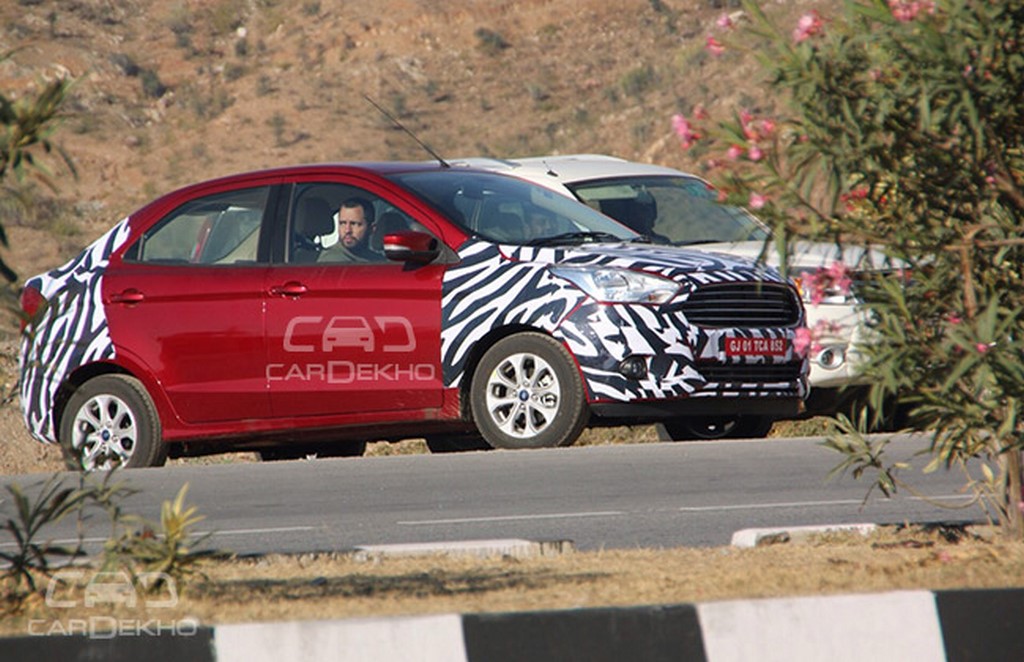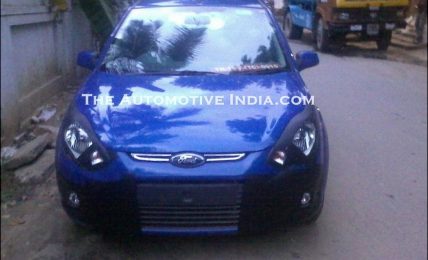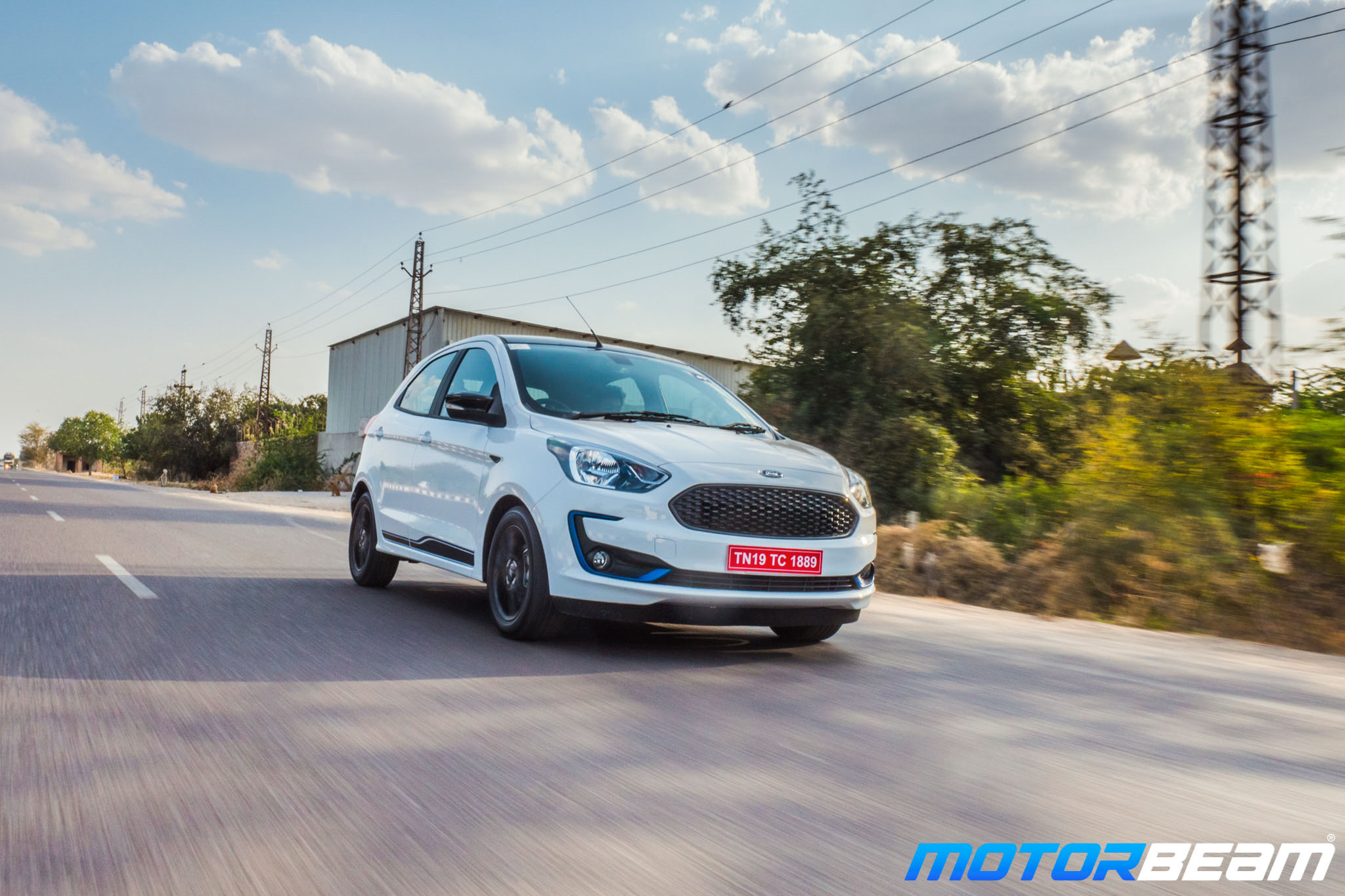The diesel engine is unchanged but gets a new gearbox
Performance – We’ll start off with the 1.5-litre TDCI diesel engine because it is one explosive powerplant. The kind of performance this engine offers is unmatched and it is the best diesel engine in this segment. Producing 100 PS and 215 Nm, this engine delivers power in a very linear fashion. Turbo lag is very well-contained and the mid-range has a lusty surge that makes you want to push the car all the time. In 2nd and 3rd gear, the Figo pulls like crazy and 100 km/hr from standstill comes up in about 9.7 seconds! The diesel engine redlines at about 5000 RPM. While refinement levels are pretty good at idle and at low to medium revs, the engine tends to get noisy at higher RPMs. Vibrations are controlled nicely too. The diesel engine comes matched to a new 5-speed manual gearbox which offers slicker shifts than before. The clutch is fairly light too. On the fuel efficiency front, you can expect the TDCI mill to deliver 14-16 km/l in the city and 18 km/l out on the highways.
The Dragon petrol engine is way better than the previous 1.2-litre unit which was uninspiring
The diesel engine is a cracker while the petrol engines are high on performance
Both the petrol engines of the Ford Figo have been replaced by new 3-cylinder units. The 1.2-litre, 3-cyl Dragon series engine is the same one that made its debut on the Freestyle and is also available on the Aspire. This engine produces 96 PS and 120 Nm which are best-in-segment figures. Not just on paper, this engine delivers impressive performance out on the road too. It has a responsive low-end but power gets interrupted for a bit in the mid-range and then again starts offering good punch right from 4000 RPM to the 6800 RPM redline. The 1.2-litre engine is very refined and NVH levels are excellent. It gets vocal at higher RPMs and sounds really sweet. This engine also comes mated to a 5-speed manual gearbox and you can expect a fuel efficiency of 11-13 km/l in the city and about 14-15 km/l on the highways.
The 1.5-litre petrol engine comes with an automatic transmission
Now the third engine on the Ford Figo is the same 1.5-litre, 3-cyl engine which first came out with the EcoSport facelift. This engine pumps out 123 PS and 150 Nm and it’s available only with a 6-speed AT. While the older Figo had a 6-speed DCT on offer, the automatic unit on the Figo facelift is a torque converter. This engine is also very good on the refinement front and offers very good driveability. The torque converter is also smooth and quick enough in shifting cogs but not as quick as a dual-clutch. With the Figo 1.5 AT, expect fuel efficiency of about 10-13 km/l.
The Figo continues to boast of good road manners
Driving Dynamics – The Ford Figo is an excellent handler and the steering complements it well. It is light enough at city speeds and starts weighing up properly as the speeds increase. The steering also provides good feel and is pretty direct. The Figo feels very composed at high speeds and remains stable on corners and even during sudden lane changes. The lower variants have a suspension setup similar to the Aspire while the BLU gets a sportier setup, similar to the older Figo S. The BLU offers a confident feel but at high speeds potholes tend to filter inside the cabin. The tyres have been upsized and these provide much better grip than the smaller tyres on the older car, however, there is still quite a bit of wheelspin in the diesel variant. The brakes do a good job of shedding speeds but the ABS has a tendency to kick in a bit too early.




